Like storytelling, cooking skills are often passed down from family. You mosey into the kitchen as a kid and watch your parents cut, stir, cook, and bake a few times a day, and that’s how you do it yourself later in life. While there’s nothing necessarily wrong with the knife techniques you grew up with, there’s a chance you’re missing out on a few foundational skills.
Learning the difference between similar cuts (and when to use each) can help you make progress toward cooking goals that have been hard to reach, like duplicating recipes you’ve seen on the internet. Or maybe you want to work in the food industry — most of the intricate, professional cuts you see in restaurants all begin with one of these basic methods.
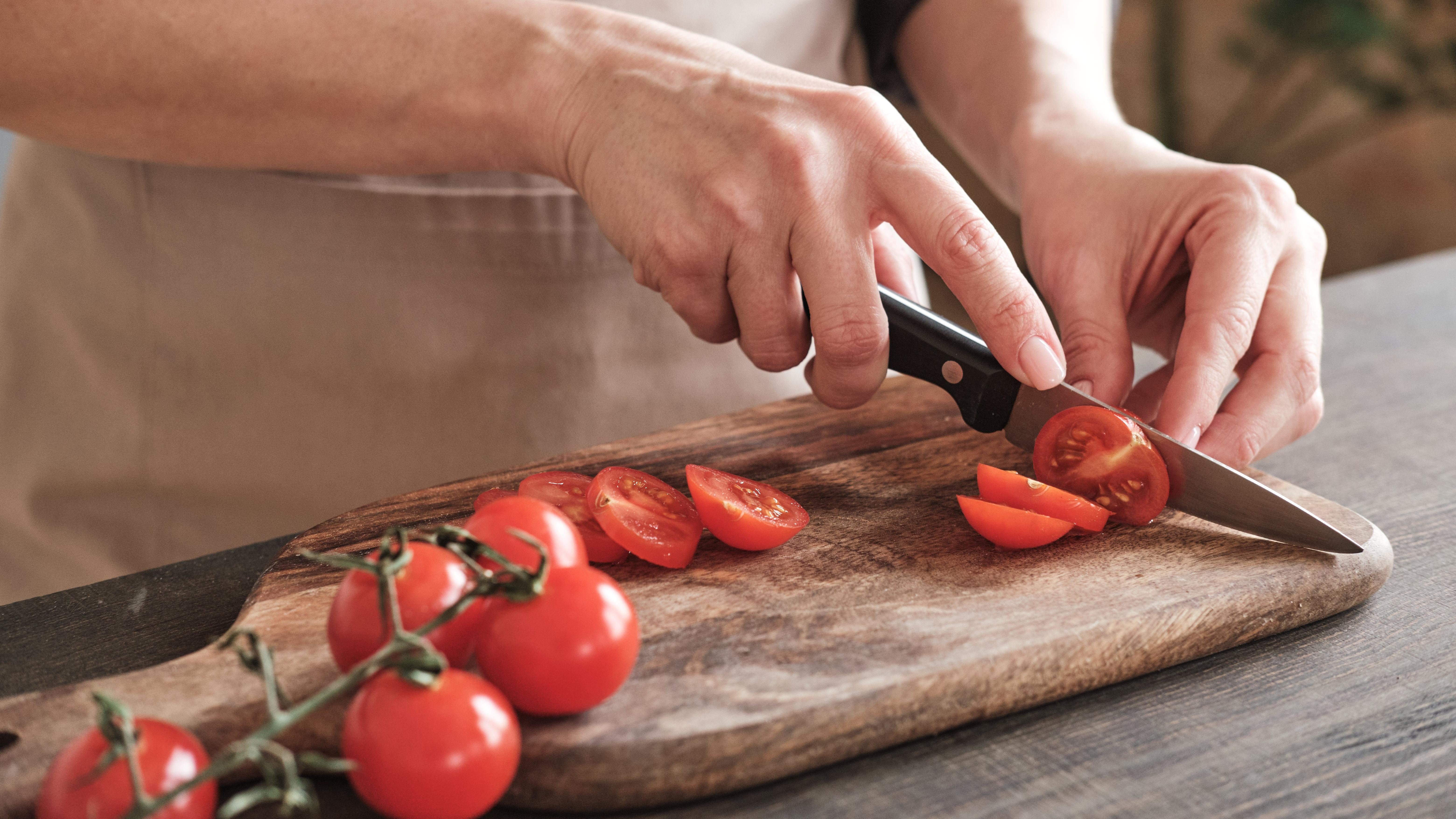
Slice
After absorbing the importance of keeping your knives sharp and tucking your fingertips out of the way, the first cut you need to learn to the basic slice. The slice is a single straight, vertical cut, from the top down to the cutting board (which is sitting safely and securely on your countertop).
To properly slice, you don’t usually thrust down with force, but instead smoothly run the knife through the ingredient with consistent speed and pressure. This versatile cut can be made wide for a crusty slice of bread, medium for your burger’s tomato, or paper thin for apple chips.
Before slicing (or trying any of the following cuts): If your fruit or veggie doesn’t have a flat side, it’s common practice to slice a small chip off one of the sides so you can sit the produce firmly on the cutting board without worrying about it rolling away. Then, slice at will.
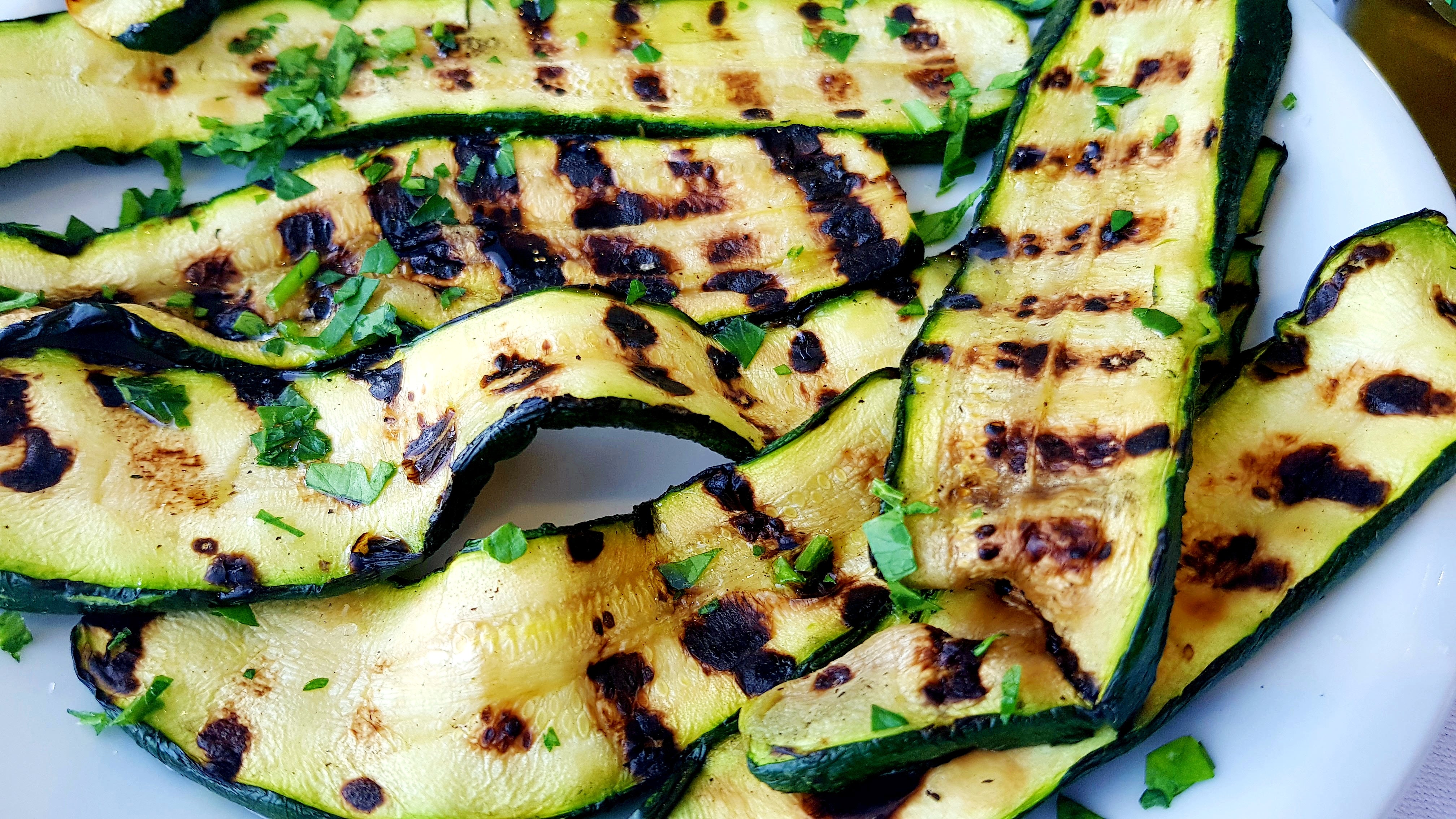
Plank
Slicing leads to planking. This knife cut involves making a long, lengthwise slice. The plank cut is aesthetically pleasing and I love it, no more so than when grilling. The ideal shape for your planked veggies is thinner than it is long — rectangular, and reminiscent of a plank of wood (go figure). You can cut perfect planks of carrots after you evenly cut off the rounded bits.
The plank can involve a fair amount of waste if you want perfect edges, but you can do rustic planks too. (Who doesn’t love a reclaimed-wood coffee table?) For grilling and roasting, slice zucchini, eggplant, cauliflower, and other hearty vegetables lengthwise into thick, even planks.
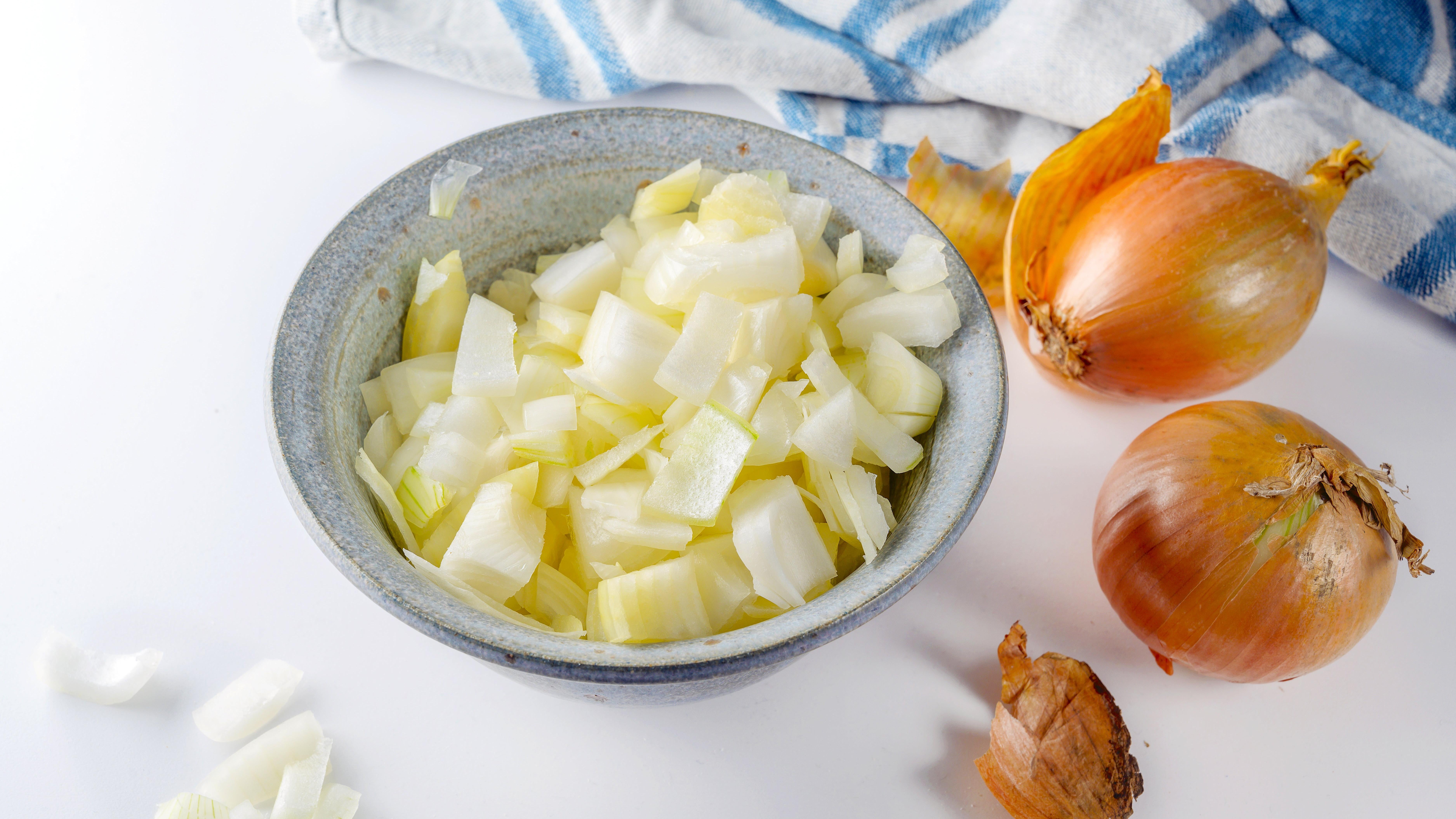
Rough Chop
“Chop” can be a non-specific word for cutting, but definitionally, it’s close to the dice (outlined below). I differentiate the rough chop because, in my experience, it’s one of the most used cuts in home cooking. The goal is to get medium to small pieces that are about the same size, but uniformity is not an imperative. This cut doesn’t promise precision or pretty presentation, but it’s still safe and useful.
To rough chop herbs, vegetables, fruits, or nuts, break down big ingredients into smaller pieces first. Keep one hand on the handle and the other either holding the vegetable or on the spine of the knife to add leverage with your fingers out of harm’s way, and start chopping. Again, no need to be perfect — just send the blade down at your own pace. Afterward, chop through the ingredients again in the other direction; that might mean turning your knife, the food, or the cutting board 90 degrees to get the right angle.
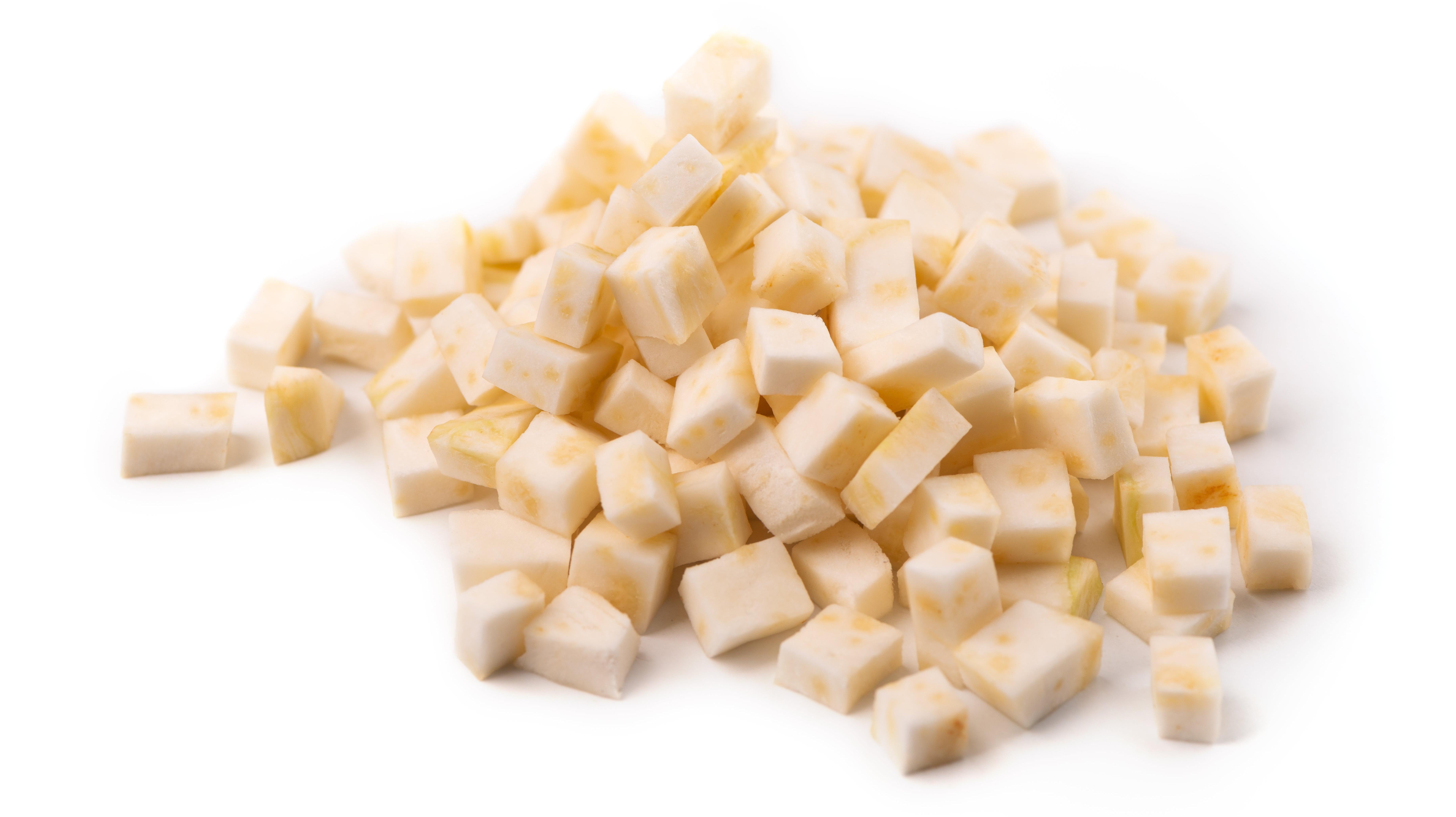
Dice
The dice is more of a precision cut than a rough chop. The goal is to create neat cubes of food. You can dice in a variety of sizes — usually large, medium, and small. (Once you go finer than a small dic, the cuts get new names.)
To dice fruits and vegetables neatly, slice off the irregularities and rounded sides. Cut into planks. Stack the planks and cut them lengthwise once or twice, depending on the size of the dice. Keeping the pieces stacked, spin the item and cut widthwise to achieve perfect cubes.
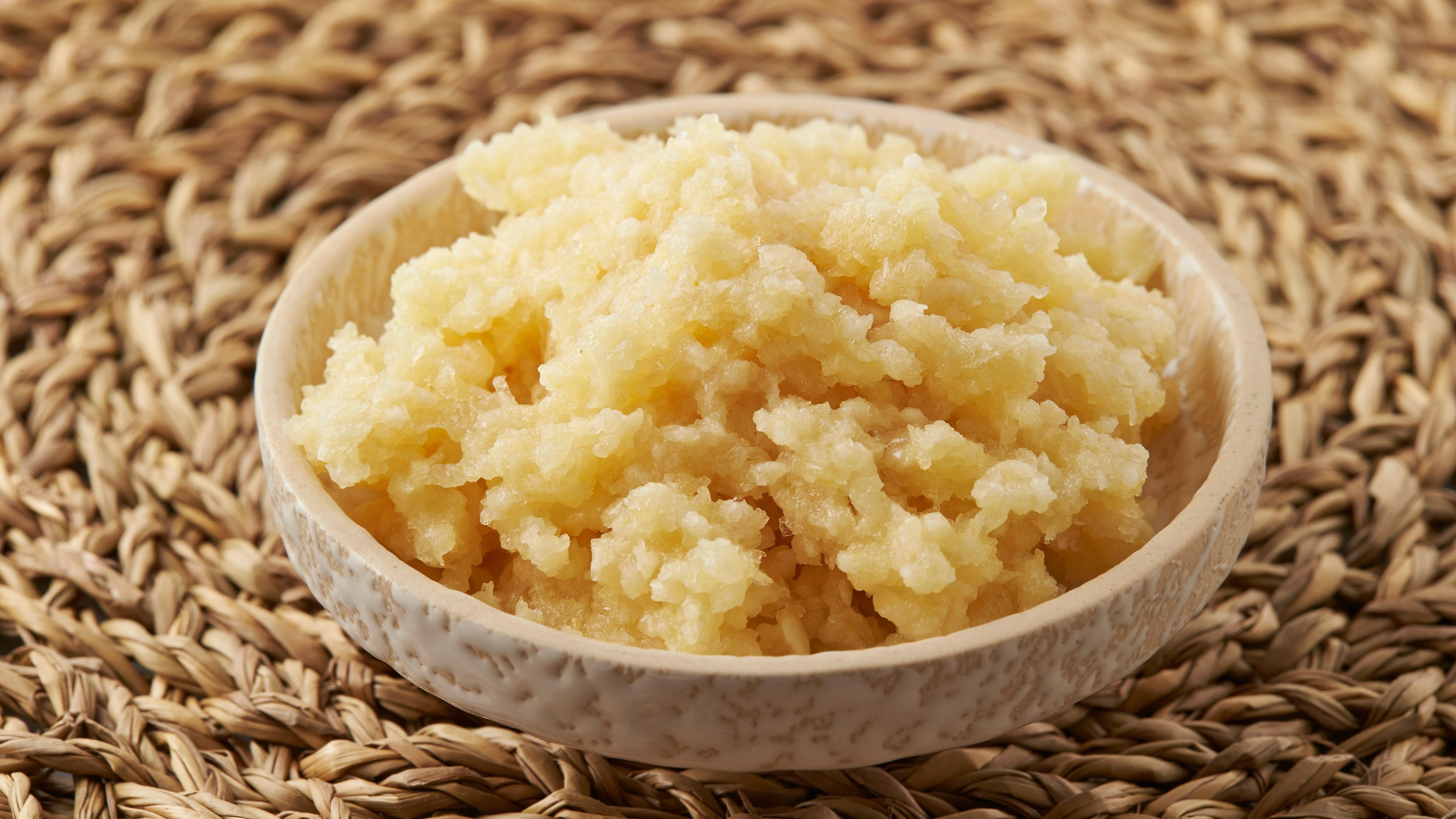
Mince
A mince can be precise or rough, but the results of both are tiny. Precise mincing is like an extra-small dice; you’re making very small cubes. It usually involves a fine blade so you can make cuts that are close together. Make a series of close parallel cuts, equally sized, along all three axes like a dice, but with the cuts closer together. If you were to mince a carrot, you’d cut it into planks, turn it and cut it into long strips, then turn the strips and cut across them at a 90° angle and cut straight down to make petite cubes. A rough mince is done with a fine blade or even a cleaver, depending on what you’re cutting. Frequently, rough mincing is done with herbs, garlic, seeds, and nuts — things that are small to begin — with so shaping them into precise cubes is a big ask. But it can be fun, like over-doing a rough chop on purpose.
Mice without precision using a sharp chef’s knife, which has has a curved blade that helps you create a rocking motion. Gather the ingredient into a heap and, using the top of the palm on your non-dominant hand, put pressure on the end of the blade to anchor it to the cutting board. Angle your fingers up to keep them safe, and press on the spine of the knife, with knife’s heel angled upward and the ingredients underneath, waiting to be mowed down. Your dominant hand holds the handle of the knife. Rock the heel of the knife down along the curve of the blade, and up again, keeping the tip-end of the knife planted so it never loses contact with the cutting board. This creates something like a one-sided see-saw. As you rock the blade through the ingredients, pivot slightly to change the angle and make increasingly smaller cuts.

Roll cut
I saved my favourite cut for last. The roll cut is not exactly precise, but it’s not “rough” either. Also referred to as an oblique cut, it’s ideal for long, round vegetables that roll, like carrots, zucchini, and potatoes. The roll cut creates a morsel of food that has multiple angles, none parallel. Usually with a slice, chop, dice or mince, at least two of the edges, or cuts, are parallel or close to it; not so with the roll cut. Besides the pleasing aesthetic, cutting a vegetable like this allows you to make similarly sized pieces even if the vegetable has a small and a large end. It creates a little more surface area, allowing the veg to cook quickly and evenly, and the different angles keep pieces from stacking or sticking together in the pan.
To roll cut a carrot, sit the entire carrot facing East-West on a cutting board. If you normally would hold your knife at a 90 degree angle to the carrot, North-South, now you’ll angle it 45 degrees inward, Northwest to Southeast. Your knife will stay like this, making the same 45 degree cut; he carrot is what rolls.
Make the first cut and roll the carrot a quarter or a third of a turn. Cut. Roll the carrot again, and repeat. At the thin end make the cuts farther apart and toward the thick end make the cuts closer together, so the sections are similarly-sized. Once you get familiar with this cut, you can adjust the angle of the knife and the spacing of each cut to change the shape. Your pieces will have charming oblique cuts facing different directions.
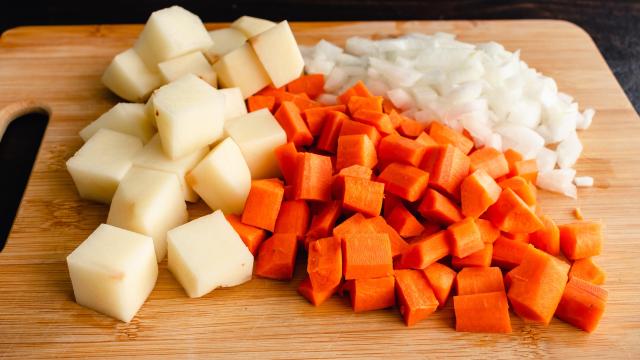
Leave a Reply
You must be logged in to post a comment.